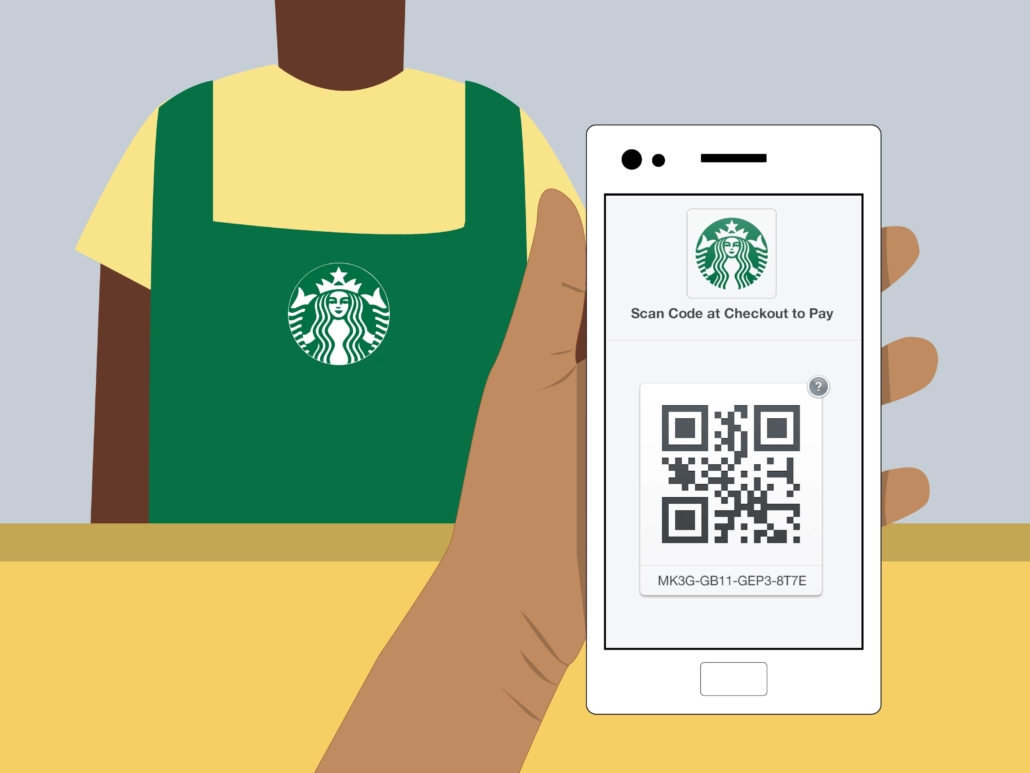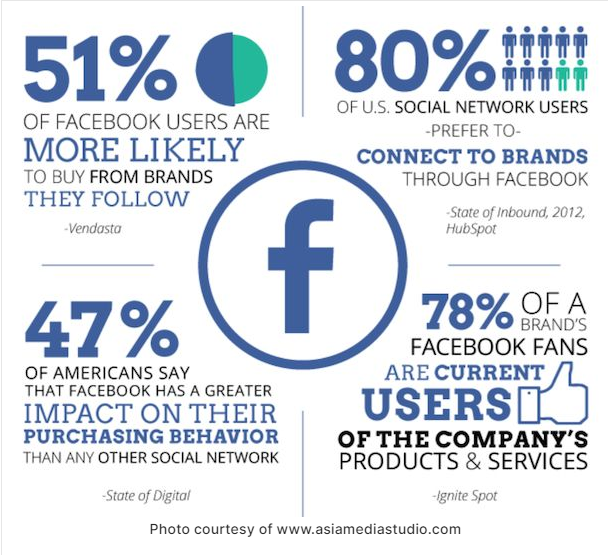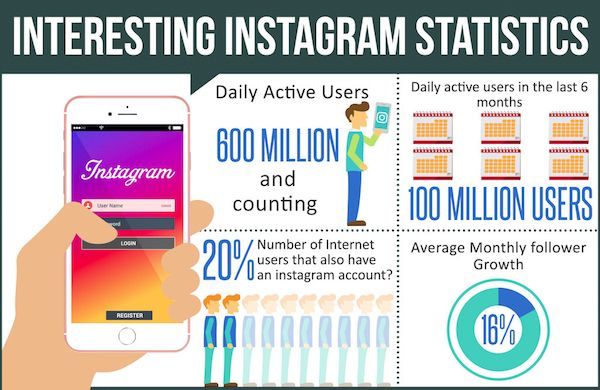Top Instagram Updates of 2022
Instagram is one of the most popular social media sites in recent years, and it’s not difficult to see why. With each update that goes out on this app, there are new Instagram features for users who love staying up-to-date with what’s happening around them at all times.
Here’s a look at at the top 2022 updates for Instagram.
The Rise of Instagram
Instagram formed in 2010 as a photo sharing website and app. Over the years, it has expanded into more than just a photo sharing platform. It now allows users to share their life stories with followers by posting public and “private” videos and stories. Users can also use Instagram as an online community. By joining groups with other people who have similar interests or experiences.
The app has grown exponentially since its launch. Based on its global advertising audience reach numbers, Instagram has at least 1.440 billion users around the world in July 2022. The popularity of Instagram has led to many new features being added over time such as video filters and face filters. These features allow users to express themselves while still maintaining their privacy when posting pictures or videos online.
If you’re a social media marketer or content creator, these Instagram changes are going to be essential for your business. With so many new features and updates, you can easily get lost in the information. Here’s a look at the top new Instagram updates and features for 2022.
Creators Marketplace
This platform allows you to directly connect with creators and brands for sponsored content partnerships. The goal of marketplace is to help people interested in doing collaboration and parenting with brands on-demand. Its great for discovering what options are out there in terms of finding potential partners.
Nudges
If you spend too much time on a single topic, Instagram will let suggest other topics for exploration. This is just another helpful tool in discovering new things within the platform.
NFT’s
Non-fungible tokens (NFTs) are digital assets that are recorded on a blockchain. Each NFT is associated with an individual asset, such as a painting or a cat. The ownership of the NFT is recorded in the blockchain, which allows it to be transferred from one owner to another. This means that NFTs can be sold and traded like any other digital item.
Instagram now has a new functionality for NFT creators and collectors to share their treasures on the app. This is a big step in stimulating the creator economy. This benefits artists who are creating the artwork.
Enhanced Tag Feature
Instagram just got easier to be creative.
You can now tag all the contributors and collaborators in your post to recognize them as creators. With this new feature, you won’t have trouble finding credit for those who helped make a project happen – whether it was makeup artists or photographers on set during filming.
The new tagging feature is one of several updates that Instagram has been rolling out recently as they continue to improve their platform and make it more user-friendly.
Another update includes a new Explore tab that allows you to search for specific tags or other users by name. If you’re looking for someone who shares your interests or who might be able to help you with something, this is a great way to find them!
Contact Onimod Global
The world of social media can be a bit of a whirlwind: new apps are introduced every day, and each one has its own unique features that set it apart from the rest. Instagram is no exception.
Instagram is always trying to keep up with today’s trends, which means that your Instagram experience will be better than ever before! Looking for an agency to increase Instagram engagement and turn your Instagram business into a customer converting machine? Reach out to us here!
Onimod Global releases the latest digital marketing news and essential marketing tips every week! To catch up on the top digital marketing news and trends, click here. To find out more about who we are and what we do, click here.





